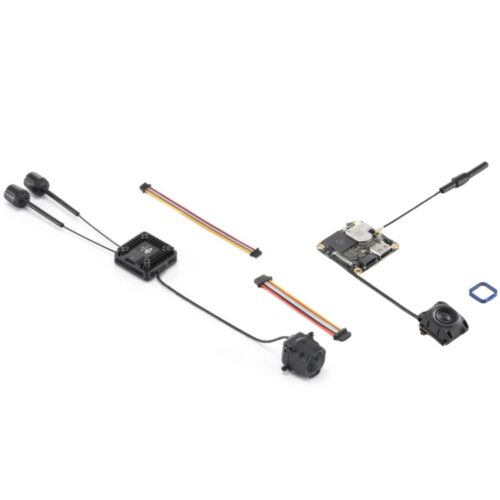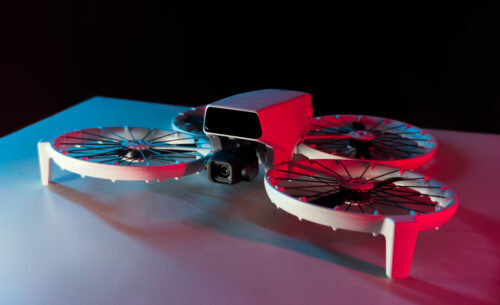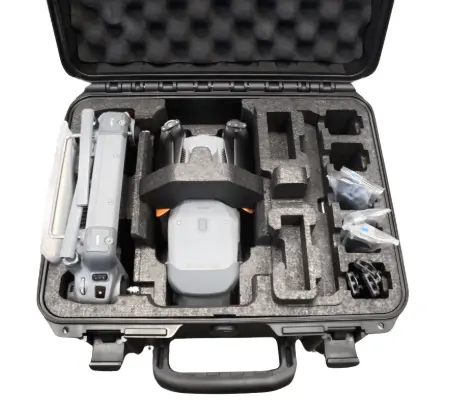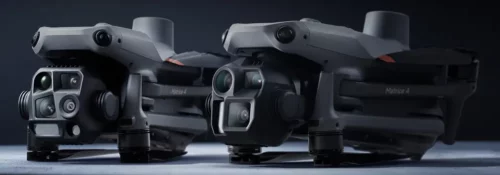What are the forecasts for unmanned aerial vehicle (UAV) and airspace safety in 2024?
< Atpakaļ uz sarakstu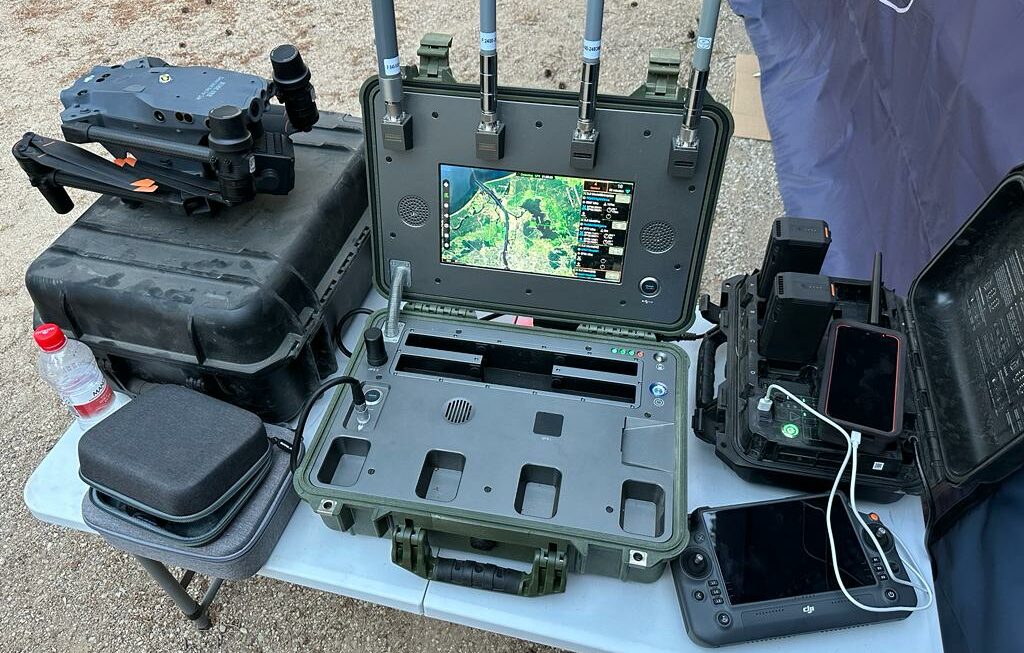
In 2024, the landscape of drone technology and airspace safety will undergo significant changes and advancements. These changes will be influenced by various factors, ranging from geopolitical events to technological breakthroughs.


Drone swarm attacks will become a major risk scenario
Drone manufacturers will develop more complex swarm technology, allowing large groups of drones to seamlessly collaborate with various applications.
This will create new challenges for drone systems to effectively detect and mitigate unmanned aerial vehicle (UAV) swarms.
The situations in Ukraine and Israel will encourage countries to invest more in unmanned aerial vehicles
Drones play a significant role in both Ukraine and Israel on all sides of these conflicts. Commercial drones (including DJI drones, which have agreements with distributors not to sell to military personnel) are used alongside military-grade drones.
The U.S. government is already taking action against drones manufactured in China, believing they pose significant security risks.
Ukraine is expected to become a global leader in drone technology development and manufacturing
The new era of drone warfare began with the conflict between Ukraine and Russia, where the evolution of drones happened at an unprecedented pace: from simple commercial and unchanged drones to mandatory DJI encryption, leading to the creation of entirely new drone models.
This began with large-scale drone donation efforts, such as the Drone Fund for Ukraine, after which Ukrainians quickly realized the need for independence in this field, prompting them to establish the Ukrainian Defense Pact.
The current conflict ensures that all innovations in unmanned aerial vehicles and anti-drone technology will be developed here.
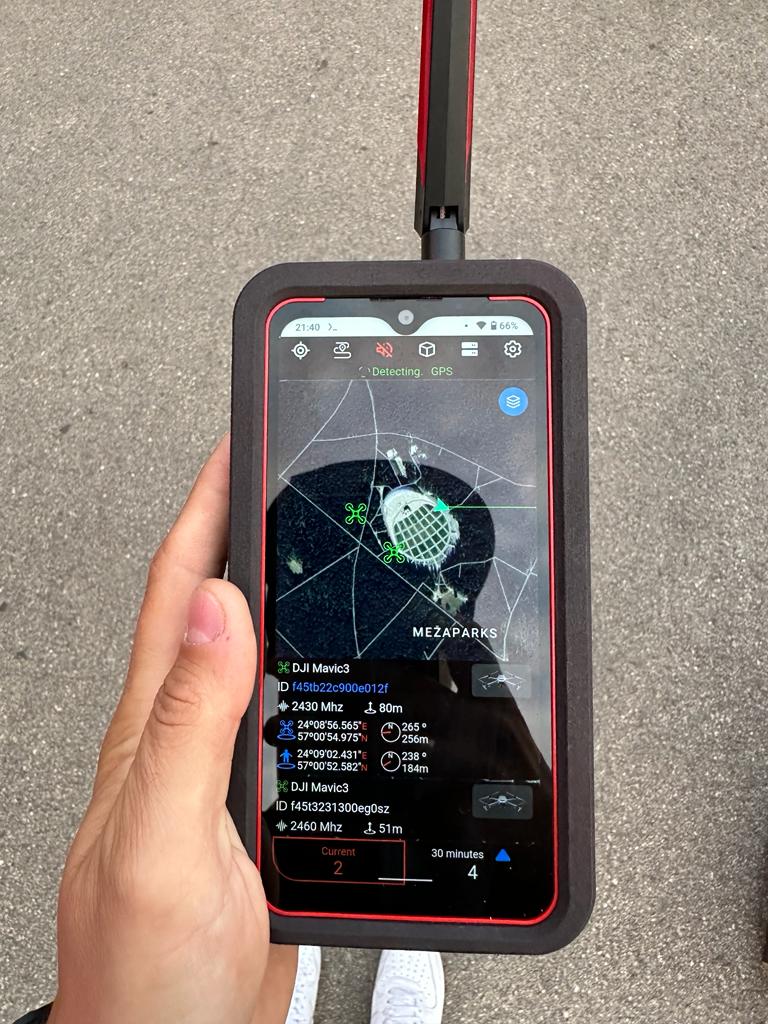

Drone as First Responder (DFR) is truly beginning its journey.
Flying beyond visual line of sight (BVLOS) without a visual observer (i.e., without someone watching the drone during flight) is a complex issue that will require additional involvement from the Civil Aviation Authority (CAA).
However, the technology is already in use today, enabling operations without a visual observer. This capability provides more opportunities for quick response by various public sector workers, allowing them to use drones more effectively. Being at the scene faster and taking appropriate actions to improve the situation is a key advantage. The U.S. government has announced that it is prepared for this and will leverage these advantages when the time comes.
Concerns will arise from increased risks associated with various drone operations
To date, rogue drones that could have caused significant damage in the U.S. have been halted, but it is uncertain how long this will continue.
For instance, gangs, cartels, and criminals have accumulated experience with drones over the past decade due to the accessibility of the technology. For example, in the October 7th attack in Israel, unmanned aerial vehicles were used to drop explosives.
There is a need to promote the adoption of stricter drone protection legislation before something catastrophic happens or lives are lost.
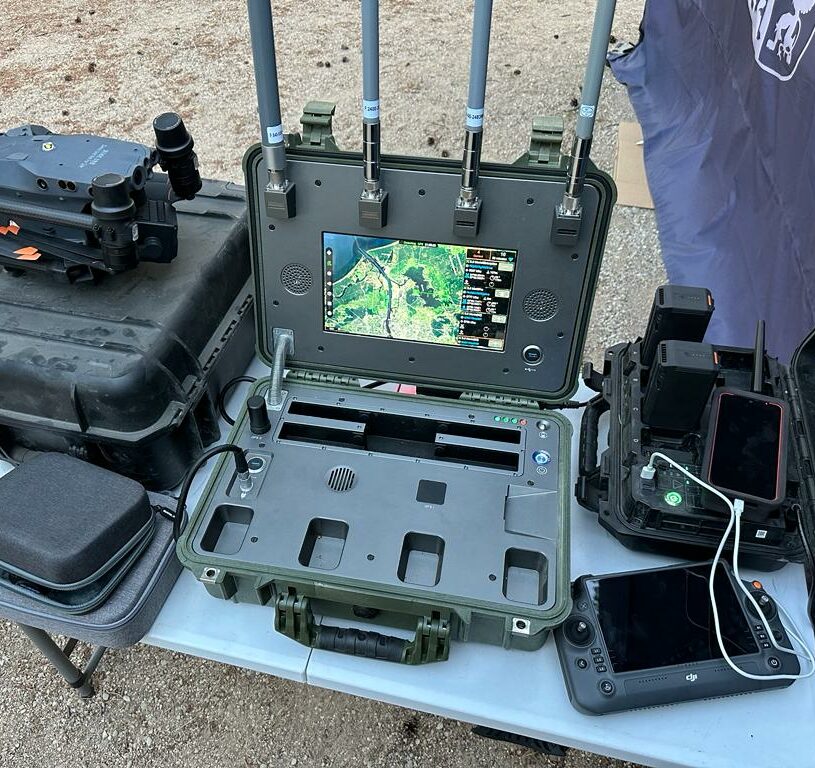
Airspace safety innovations will accelerate
The pace of innovation is increasing worldwide, including in unmanned aerial vehicle technology and airspace safety solutions. Companies involved in global conflict zones will set the tempo for innovation as more funding flows from governments competing to acquire the best technology and as they receive more feedback from clients.
Biden’s executive order on artificial intelligence will make the DoD, DHS, and other agencies more selective regarding partners
President Biden’s October 30 executive order mandates specific actions beyond merely addressing adversary AI capabilities. The planned National Security Memorandum “concerns AI governance used as a component of national security systems or for military and intelligence purposes.”
In conjunction with other aspects of the order designed to ensure that any AI used by the U.S. is as secure and appropriately managed as possible, it indicates that the administration is considering AI as a security concern.
To comply, federal agencies will need to consider various details when deciding whether to grant permissions or otherwise collaborate with private sector companies on particularly sensitive projects.
Enhanced drone regulations will finally be enacted
Currently, some U.S. laws governing drone safety were not designed for this purpose, as drones did not exist at the time. Now that they are readily available, access to counter-drone technology must also become more accessible and usable for public safety, national defense, and private security purposes.

